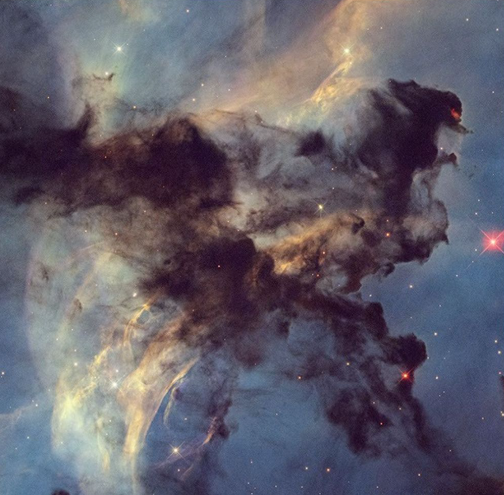The Hubble Space Telescope: 35 Years of Cosmic Discovery
Launched aboard the Space Shuttle Discovery on April 24, 1990, the Hubble Space Telescope has significantly enriched our understanding of the universe. Over its 35-year journey, Hubble has compiled more than 1.6 million observations, capturing remarkable images of galaxies, planets, and numerous celestial phenomena.
Milestone Imagery Released by NASA
To mark the anniversary, NASA has unveiled a selection of breathtaking photographs taken by Hubble throughout its mission. One such image features Mars, revealing thin water-ice clouds that lend the Red Planet a frosty appearance. Hubble’s unique ultraviolet imaging capabilities allowed for this stunning view, illustrating the ongoing exploration of our solar system.
A Testament to Scientific Ingenuity
NASA has hailed Hubble as a “glowing success story of America’s technological prowess,” reflecting both scientific curiosity and pioneering spirit. According to Shawn Domagal-Goldman, acting director of the Astrophysics Division at NASA, “Its stunning imagery inspired people across the globe,” highlighting the telescope’s role in advancing our understanding of the cosmos.
Significant Discoveries and Contributions
The Hubble Space Telescope has observed approximately 55,000 astronomical targets, leading to over 22,000 scientific papers. Its massive dataset, comprising over 400 terabytes of information, aids ongoing research in astrophysics. Key findings include:
- Insights into the structure of galaxies and the existence of supermassive black holes.
- Studies of exoplanet atmospheres and the discovery of dark energy.
- Observations of various cosmic phenomena, including planetary seasons and expanding supernova remnants.
Notable images captured by Hubble include a mesmerizing view of the nebula NGC 2899, sculpted by the intense radiation and stellar winds from a dying star at its core.

Broader Implications for Future Exploration
With decades of successful operations, Hubble provides essential lessons for future projects, such as the planned Habitable Worlds Observatory. As Domagal-Goldman noted, the continued operation of Hubble underscores the importance of flagship observatories in advancing our understanding of the universe.


